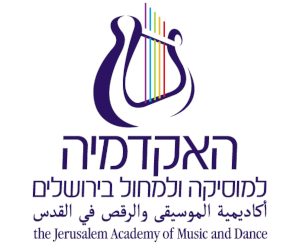סלומה רבלו - כיתת רויטל חכמוב
ליווי בפסנתר - רויטל חכמוב
J.S Bach 2 Sinfonias
I.No.6 in E Major
II. No. 9 in F minor
The Sinfonias are 3-voice polyphonic works written by Bach for the musical education of his young pupils. They explore various contrapuntal techniques and a wide range of musical expressions in various styles. The number 6 sinfonia is light and swift, with imitation between the voices. Number 9 is a strictly written fugal piece and the most dramatic among the sinfonias.
Edward Grieg Lyric Pieces, Op.54
I. Shepherd Boy
II. Gangar (Peasants’ walking-dance)
III. March of the Trolls
IV. Nocturne
V. Scherzo
Norwegian composer Edward Grieg wrote a collection of 66 piano miniatures which he titled ‘Lyric Pieces’. Being a nationalistic composer, his Lyric Pieces were often based on Norwegian folktales, tunes and dances. This set, Op.54, was also later arranged for orchestra by Grieg himself.
Ronen Shapira Inta Omri
Inta Omri, translated from Arabic to ‘You are the love of my life’, is originally one of most famous songs of Um Kulthum – a legendary Egyptian singer.
Ronen Shapira is a contemporary Israeli composer much performed nowadays. He wrote his own version for ‘Inta Omri’ which displays the piano’s potential as an ‘eastern’ instrument – bringing to life Arabic motives & sounds and combining them with more western classical ideas.
George Gershwin Piano concerto in F
I. Allegro
II. Adagio – Andante con motoII. Allegro agitato
with Revital Hachamoff
Following the huge success from his first symphonic work ‘Rhapsody in Blue’, Gershwin was commissioned to write a full-scale piano concerto. The Concerto in F that resulted shows considerable development in Gershwin's compositional technique mainly because he orchestrated the entire work himself for the first time. Heavily influenced by jazz, there are strong thematic links between the three movements. The second movement is reminiscent of the blues, and the final movement is pulsating and strong with several references to ragtime.

